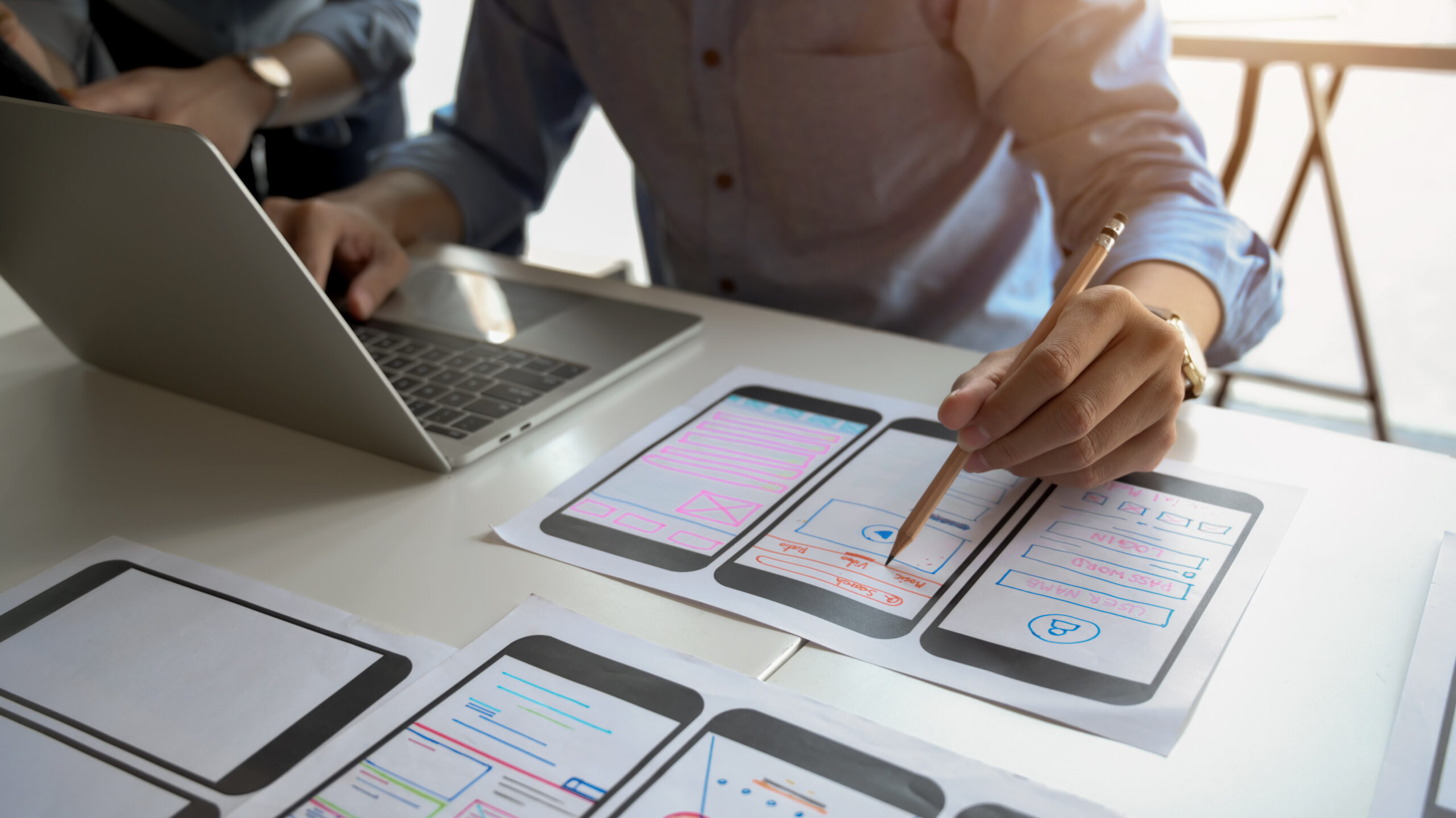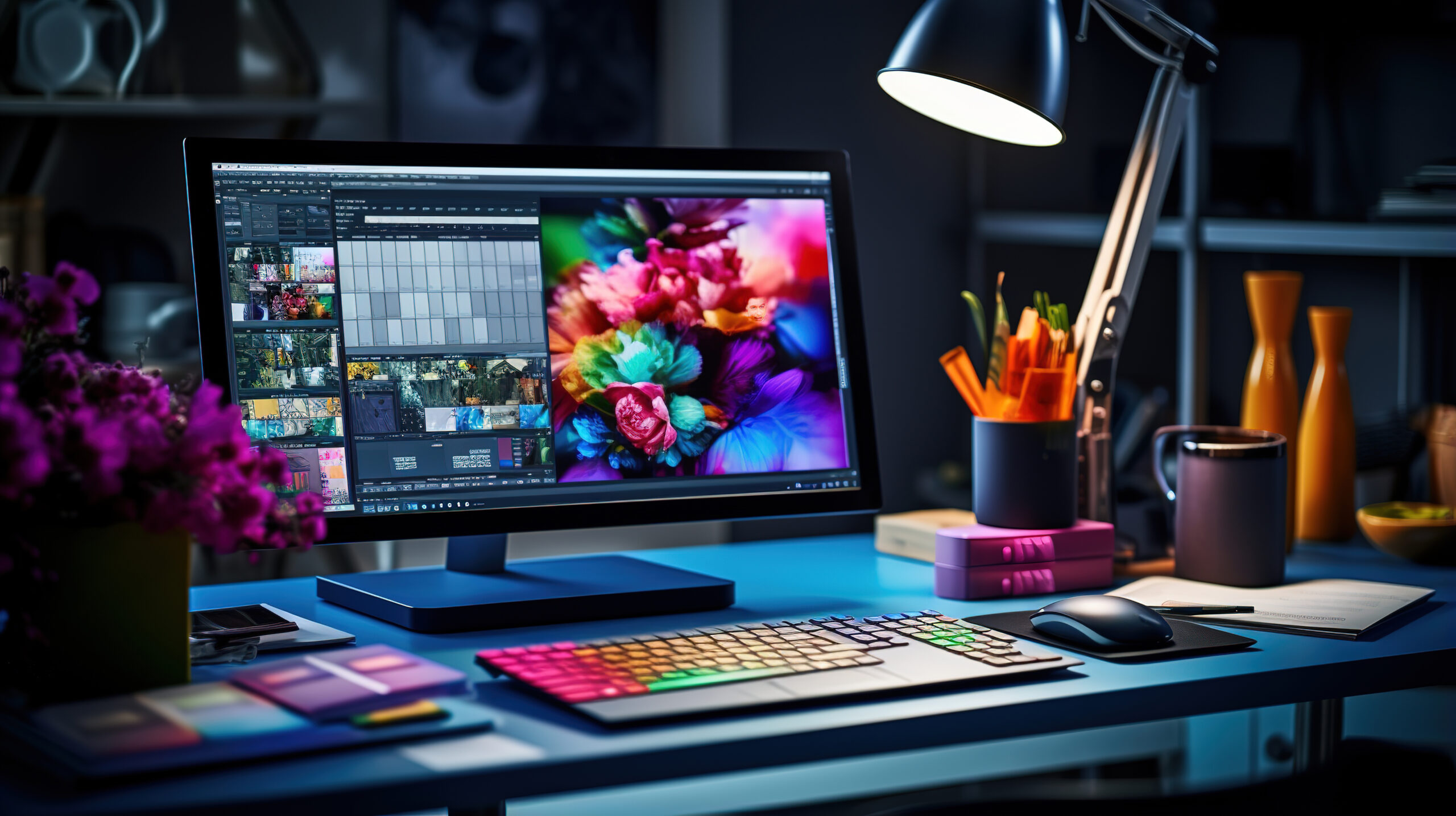
Designing for the Future: How Our Web Design Services Transform Online Experiences
The digital landscape is nothing if not dynamic. In fact, when it comes to digital trends and online experiences, you wouldn’t be far off the mark in saying that the only constant is change.
This puts web design and development in a continual state of flux. There’s a kind of conspiracy at work between web users’ constant hunger for new experiences, and technology’s ability to deliver them. As long as it’s viable, convenient and adds something to internet use, the odds are good that any new innovation in UI will be enthusiastically taken up as the next hot trend.
The knock-on effect of this is that you are always having to design websites with one eye on the future. Sure, it’s not easy to predict what will come, and you can only work with the best practices and tools available at the time. But what you can also do is keep a close eye on emerging trends, and build websites in such a way that they easily adapt to new innovations.
As an experienced web design company, these are our default starting positions. We place huge emphasis on delivering long-term value to our clients, and we put the UX front and centre of what we do. Part and parcel of that is building solutions to meet future as well as present needs.
The Future of Web Design
Here’s our take on some of the big technology and UX trends shaping the future of web design.
Mixed realities
There was a time when digital and physical were very separate realms. Online was a neatly compartmentalised space you entered when you logged on to a laptop or PC, with little or no crossover to life beyond the screen.
Things are very different these days. It all started with smartphones, which allow us to be ‘online’ any time, any place. Ever since smartphones came along, the lines between digital and physical have become more and more blurred. We can consult and use digital resources as we go about our daily lives, talk to and interact with one another at any time and place, and stream entertainment as and where we want.
Another layer to this is the emergence of a third dimension, the virtual spaces created by technologies like virtual reality (VR) and augmented reality (AR). Digital in nature, they nonetheless mimic the more multi-modal, multi-sensory experience of physical reality. Or, in the case of AR, directly overlay digital experiences onto physical reality, perhaps the ultimate blurring of the lines.
So, what does this mean for web design? First and foremost, it means that all web design these days should be mobile-first and fully responsive to different devices. With close to 60% of global web traffic coming from mobile devices these days, future-proofing your web design means building for mobile experiences.
It’s also important to consider how mobile use is evolving. For example, instead of planning things to do or places to visit in advance of a trip, people increasingly rely on getting local listings and recommendations on their smartphones as they go, leaning into things like Google local search. From a web design perspective, you have to consider how you leverage local SEO to make a site visible.
Another trend that will only grow and grow is people not just looking up information on their mobile devices, but using tools like cameras, location tracking and even Bluetooth to unlock contextual experiences as they move around. A simple example is scanning QR codes to access a page or app, which is already common for things like opening digital menus in restaurants. AR offers a clear path for this to evolve, removing the need for a QR code – you simply point your camera, and the software picks up the context of what is captured to display relevant content.
All of this has implications for how websites and other digital channels are designed and built, particularly around questions of how content is delivered to the end user.

Next-gen navigation
It’s not something you necessarily notice until it is pointed out to you, but the overwhelming majority of websites still share what is a rather one-dimensional approach to finding your way around a large page on screen – you scroll up and down.
This is a legacy of the landscape orientation of most desktop screens. Not surprisingly, it is from mobile web design and the switch to mostly portrait-oriented screens that the first breaks with tradition have come, in the form of the horizontal ‘swiping’ popularised on social media (and yes, certain well-known dating sites, too!)
Horizontal scrolling is a fairly gentle step forward. But navigation itself is a prime target for innovation in the user experience. In the example above, we mentioned pointing a device camera at an object, and AR presenting content related to it. This is a form of contextual navigation, the concept of how content is accessed being driven by the context of the web user’s behaviour – what pages they are on, what their goal is etc.
Contextual navigation can be as simple as offering different cues or altered menus depending on what is currently being browsed. This can be based both on the most likely routes you expect users to take from there, or where you want to funnel them to. Future possibilities include tying navigation in with personalization, so menus, recommendations and cues are shaped by user data.
Another important trend in navigation is the emergence of voice UI, as popularised by the likes of Amazon Alexa and Apple’s Siri. This really is a big step forward in digital UX, as it marks the first break with the screen and graphic UI (GUI), staples of computing for the past 50 years. Voice UI demands a radically different approach to how content is organised, navigated and delivered.
With 56% of mobile users already reportedly using voice UI on their devices, there’s no doubt this technology will have a huge impact on web design going forward.
Innovative interactions
Interactions are a big topic in web design. Designing interactions involves thinking about the point of connection between the user and the site as a dynamic, two-sided process. On the one hand, it pushes web designers to think of the interface not just as a passive tool for the user, but as something with agency that can add engagement, convenience, interest etc. On the other, it means considering interface design from the user’s perspective and thinking about the kinds of interactions that create the best experiences.
One thing you hear a lot about in web design at the moment is micro-interactions, or small touches that add richness and depth to the browsing experience. Examples include using colour and highlighting to indicate cursor navigation to help users orientate themselves on a page, or pop-up explanation boxes when someone hovers over an element, or just fun little touches like animations and Gifs appearing when certain actions are completed.
Another example is the trend towards interactive content, or the use of games, polls, quizzes etc to get users directly involved in the content and perhaps shape what they see. In a sense, this takes the concept of interaction to its logical conclusion, as it’s all about creating web experiences that encourage users to be actively invested and engaged.
Again, as with navigation, the future of interaction design is likely to involve increasing amounts of personalisation. Interactions are fundamental to turning passive browsing into a more active, engaging experience, and the way to take that to the next level is to present people with preferred or more contextually relevant types of interaction.
This is becoming increasingly possible as businesses focus more on more on first-person data gathering and utilisation in the post-cookie era. AI will also have a role to play, with the likes of machine learning and predictive analytics helping to anticipate with great accuracy the kind of interactions that will have the biggest impact on each individual browsing experience.
How We Approach Designing for the Future
At Key Element, we always place web design and development squarely within the context of delivering business objectives for our clients. Business goals by their very nature are inevitably forward-looking, but also open to evolving over time. And that’s how we build websites. Whether it’s bespoke web or WordPress development services, digital storefront design, app building or more, our talented and experienced team will always work closely with you from the outset to understand exactly where you want your business to go, and from there build the perfect solution to carry you into the future.
Get in touch today to find out more.



